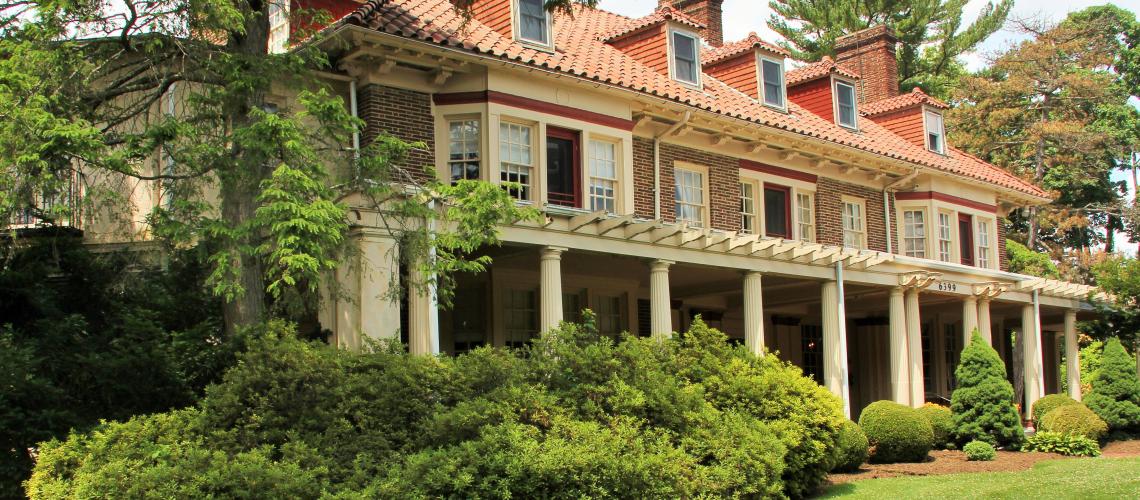Georgian Revival home in Overbrook Farms, located near the intersection of Drexel Road & N. 64th Street, built in 1910.
The neighborhood that today is Overbrook was once a hunting ground for the Lenape Indians; from the late 17th to the mid-19th century, a fertile, well-watered area of farmlands and stream-driven mills; and after the late-19th century, increasingly an area of residential housing.
Located in the farthermost section of West Philadelphia in relation to the central city, Overbrook was once a hunting ground for the Lenape Indians. In the 1680s enterprising Welsh settlers acquired tracts in this area that were part of William Penn’s Western Liberty Lands (Western Liberties). This fertile, well-watered venue proved eminently suitable for farms and mills, the latter operations taking advantage of Indian Run (Indian Creek) and Mill Creek. In the 18th and 19th centuries, agricultural estates belonging to the Williams, George, Jones, and Morris families dominated Overbrook. In the late 19th century, the coming of the Pennsylvania Railroad (PRR) spurred suburban development and division of these estates, drawing affluent Philadelphians from the central city to Overbrook Farms, a planned enclave community that was Overbrook’s first residential housing development, which gave affluent commuters rapid transit access to the central city via Overbrook Station and the PRR. Overbrook’s religious institutions included Protestant, Catholic, and Jewish houses of worship; the Philadelphia Institution for the Instruction of the Blind and the Orphan Society of Philadelphia were prominent charitable institutions.
Stories in this Collection
|
1700–1900 Arriving in the mid-1680s, Welsh Quakers held the original patents from William Penn in the Western Liberties, which Penn had acquired from the Lenape Indians. The descendants of these immigrants maintained sizable estates in the 18th and 19th centuries that evolved into the modern Overbrook. These estates belonged to the Williams, George, Morris, Jones, and Pleasanton families. |
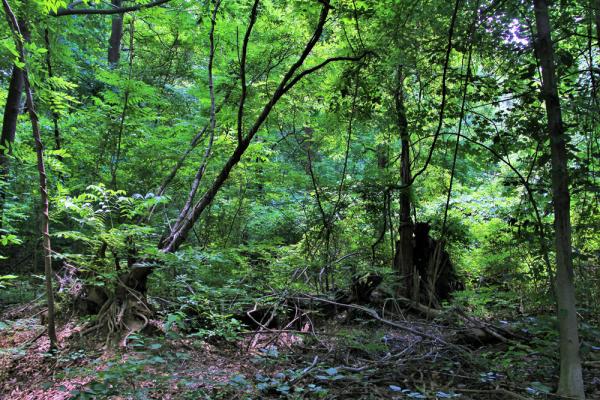 1700–1950 Mill Creek, once a power source for sawmills and gristmills, achieved notoriety in the 20th century as an underground culverted sewer and submerged floodplain that wreaked havoc with the West Philadelphia landscape. Indian Run, an above-ground creek, powered Overbrook mill complexes as late as the 1890s. Morris Park, which includes Indian Run, is a preserved woodland, today part of the Fairmount Park system. City Line, which may have been a Lenape Indian trail, marks West Philadelphia’s western boundary, its most notable feature being the vehicular bridge above Overbrook Station. |
1892–1934 Overbrook Farms originated in 1892 when the investment bank of Drexel & Co. commissioned the development of its holdings in the quadrant of 59th to 66th streets between City Line and Woodbine Avenues. Overbrook Farms was bisected by the Pennsylvania Railroad, whose Overbrook Station gave commuters rapid transit to downtown Philadelphia. The project involved more than 50 architects; its hallmarks were (and still are) spacious late-Victorian and early-modern houses arrayed on curvilinear streets. Most of the properties were developed between 1893 and 1912. |
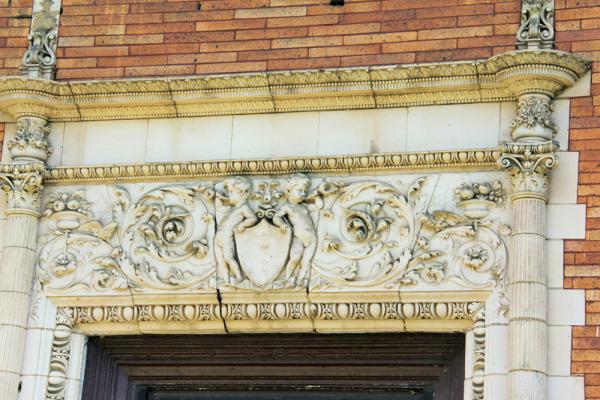 1893–1917 From the late-17th to mid-19th century, the area that became Overbrook composed agricultural estates and grist, saw, and paper mills that were powered by the area’s abundant streams. In the late-19th century, as Overbrook transformed into a residential neighborhood dominated by Overbrook Farms, its commercial activity was concentrated primarily along 63rd Street, near the Pennsylvania Railroad’s Overbrook Station. Retail operations, restaurants, and professional services opened on the street; the first apartment building arrived in the early 1900s. |
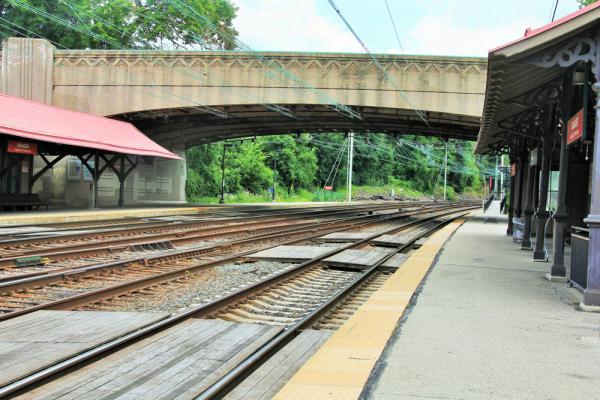 1830–1900 From the mid-19th century onward, the “Main Line” trains of the Pennsylvania Railroad (PRR) spurred the creation of affluent suburbs to the City of Philadelphia’s immediate northwest. Located at the City Line near 63rd Street, Overbrook Station was the catalyst for the residential development of that neighborhood. Electric trolleys arrived in Overbrook in 1895. |
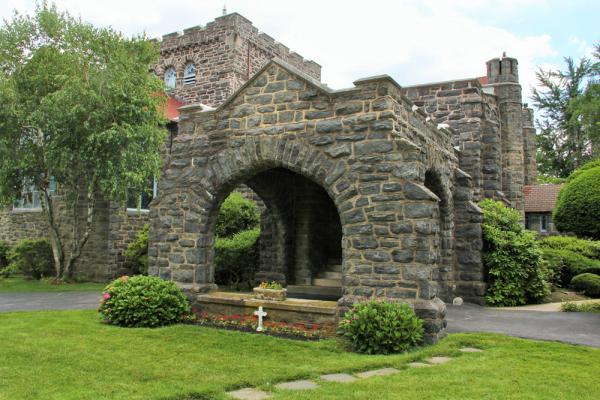 1815–1953 Throughout the late 19th century and early 20thcentury, houses of worship and benevolent/charitable institutions played a role in the Overbrook section. These included the Overbrook Presbyterian Church, Our Lady of Lourdes, the Memorial Church of St. Paul (later the African Episcopal Church of St. Thomas), and the Talmudical Yeshiva of Philadelphia |
